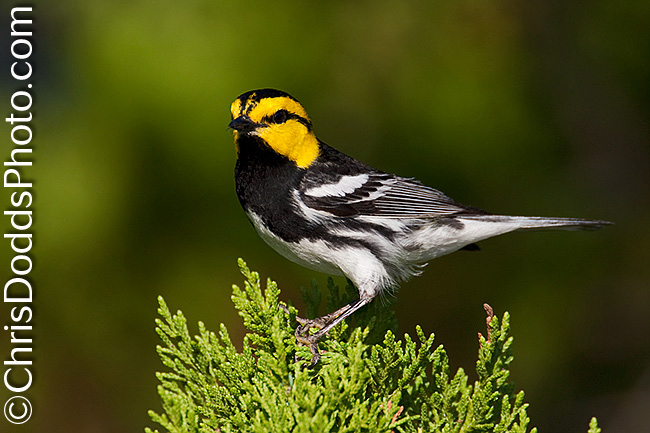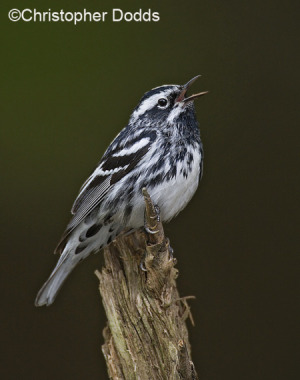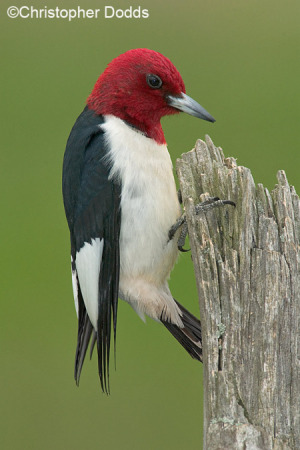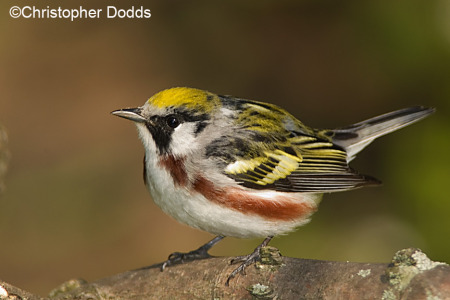 American Oystercatcher Fort DeSoto, Florida
American Oystercatcher Fort DeSoto, Florida
©Christopher Doddswww.chrisdoddsphoto.com
Canon EOS 1DMKIII, 500mm F4 Lens with 1.4X II Tele-converter
ISO 250, F8, 1/1000s Manual
On Tuesday April 14, after seeing the closest thing to a tornado (that wasn't) at Fort DeSoto, we drove to St. Petersburg to pick up Artie's Sequoia. After only a few short minutes, we realized that we would be spending the rest of the afternoon waiting for the work to be finished. Our plans to start driving to Alabama would have to change, so we called our friend, James Shadle, who agreed to take us aboard his boat, the Hoopty Deux the next morning.

Roseate Spoonbill Tampa Bay, Florida
©Christopher Doddswww.chrisdoddsphoto.com
Canon EOS 1DMKIII, 500mm F4 Lens with 1.4X II Tele-converter
ISO 250, F5.6, 1/1250s Manual
After returning the rental car the night before, we met James and ventured out into Tampa Bay to a Roseate Spoonbill rookery where we spent the morning photographing Spoonbills, White and Glossy Ibis, Brown Pelicans, Great Blue and Tri-Colored Herons, Willets, etc. Like all good things, our morning with James ended, and we started our drive to the hotel to pick-up our luggage. Shortly after we took a wrong turn (no, I wasn't driving), all of the dashboard warning lights started to flash and the engine stalled right in front of a Honda dealer, and about 200 yards from a different Toyota dealer than had done the work. I don't think there could have been a better place to realize that the first Toyota dealer hadn't put the radiator's bottom hose clamp back in place, next to the thermostat. The hose had come off, and we had lost all of the coolant. Another afternoon was wasted as we waited for a tow and arranged a rental car. After realizing that our plans to start heading to Alabama must change again, we started heading back to Fort DeSoto and called another friend, Jim Neiger, who agreed to take us out on his boat on Lake Taho the next morning to photograph Snail Kites. Conditions at DeSoto were great, and we photographed Marbled Godwit, American Oystercatcher, Dowitcher, Willet, and Semipalmated Plover until sunset.
After an early wake-up call, we hit the road and drove to Kissimmee where we met Jim and had an amazing day photographing Snail Kites, Limpkin, Least Bittern, Purple Gallinule, and Barred Owls. The afternoon proved to be a challenge, as we endured the second (out of three) afternoon with winds from the East. We drove back to the hotel in Brandon, and were pleasantly surprised to find our vehicle had been delivered there as promised.

Snail Kite Kissimmee, Florida
©Christopher Doddswww.chrisdoddsphoto.com
Canon EOS 1DMKIII, 500mm F4 Lens with 1.4X II Tele-converter
ISO 250, F5.6, 1/1000s Manual
On Friday, April 17, we again got an early wake-up call, and drove the 570 miles to Dauphin Island, Alabama, and are now enjoying some great birding and wonderful southern hospitality. Special thanks to all who showed us around, fed us and were just plain lovely people. There are far too many to thank, but you all know who you are; Thank-you!
Photography at Dauphin Island has been good, with a small fallout of warblers this morning. We'll be up before the birds to make the 12 hour drive to Texas early tomorrow morning.
The hardest part of the trip is editing, optimizing images, and staying awake long enough to make blog entries.












